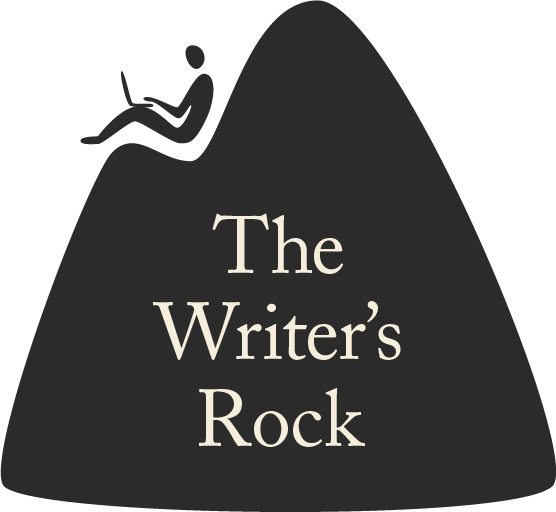Writers On Writing: Ursula K. Le Guin
Dear writers,
Craft books abound. For every possible writing problem there are six books on how to overcome it. Some of these books are uniquely instructive and transformative, a guiding light in the endless dark of your creative process. Others less so.
As your friendly neighborhood writing center we've separated the wheat from the chaff and in the coming months we'll be sending passages from our favorites.
This month's selection is about past and present tense, and the different ways they suit different types of stories, from novelist Ursula K. Le Guin's Steering The Craft:
I see the big difference between past and present tenses not as immediacy but as complexity and size of field. A story told in the present tense is necessarily focused on action in a single time and therefore a single place. Use of the past tense(s) allows continual referring back and forth in time and space. That’s how our minds normally work, moving around easily. Only in emergency situations do they focus very tightly on what’s going on. And so narration in the present tense sets up a kind of permanent artificial emergency, which can be exactly the right tone for fast-paced action.
The past tense can also focus tightly, but it always gives access to time before and after the moment of the narrative. The moment it describes is a moment continuous with its past and its future.
The difference is like the difference between a narrow-beam flashlight and sunlight. One shows a small, intense, brightly lit field with nothing around it; the other shows the world.
Ready to get started? Check out our calendar of upcoming workshops (both in-person and online) and see what sort of stories you can tell.
—The Writer's Rock
